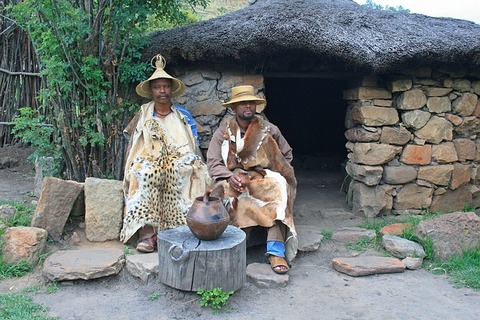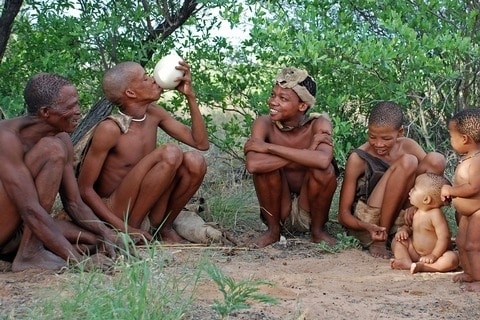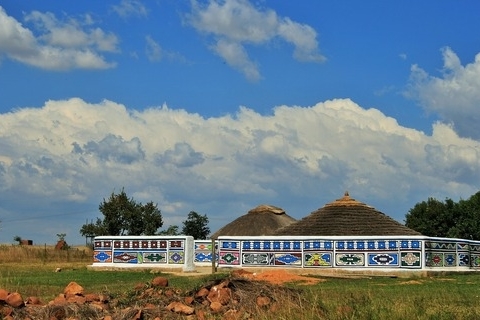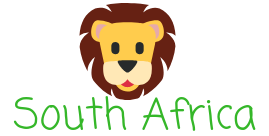African Tribes – The multi-cultural population of South Africa has a majority of indigenous people in addition to the people of European, Indian and Malaysian descent. With 11 official languages, it is often referred to as the rainbow nation. The indigenous (or tribal) people of South Africa have varied customs and originally lived in different areas.
Zulu –The Zulu people of South Africa are the largest group with a population of approximately 11 million and one of the most widely spoken languages in South Africa. The Zulus are believed to have emigrated from the great Central African Lakes area in about the 15th century and have lived since then in what is today known as KwaZulu-Natal. Associated groups of the Zulu tribe are the Matabele of Southern Zimbabwe and the Angoni of Malawi. Among the African people, the Zulu’s are regarded as the Aristocracy, with high moral standards and natural dignity.
Xhosa – Came mainly from the Eastern Cape and have contributed greatly to the development of South Africa. The most famous member of the Xhosa is, without doubt, Nelson Mandela. The Xhosa people are closely related to the Zulu people in culture and language and have many similar customs. With the discovery of gold on the Witwatersrand, Xhosa’s flocked to the area and contributed a considerable percentage of the labour force. There are approximately 8 million Xhosa’s in South Africa.
Ndebele – Their origins are mysterious, but despite this, they have been recognized as part of the Nguni tribes together with the Zulu’s, Xhosa’s, and the Swazi’s. They are concentrated mainly in the areas of Mpumalanga and Limpopo Provinces. Their artistic talents distinguish the Ndebele. It is well worth visiting an Ndebele cultural village to see the colourful and decorated houses, their intricate beadwork, and the startlingly attractive dress.
Sotho – The Sotho people are divided into three main groups, the Northern Sotho (or Pedi), Southern Sotho, and the Tswana. The Sotho are known for their exceptional horse riding skills while herding their cattle and are sometimes known as the cowboys of the plains of South Africa. In addition, their skills as artisans working with wood, metal, and leather, and they are also outstanding grass weavers. They are distinguished by their thick colourful blankets and conical hats.
Swazi – Swaziland is an independent country bordered by South Africa and Mozambique. More than half a million Swazi people now live in South Africa, mainly in the Mpumalanga area and areas bordering Swaziland and Mozambique. Many Swazi have also moved into the industrial areas in and around Johannesburg.
Venda – Most of the Venda people today live in Limpopo province. A “bantustan” or homeland was founded for the Venda. However, it was only incorporated into the new South Africa in 1994 as previously it had been an independent self-governing homeland recognized only by the South African government.
Several other African tribes, such as the Shangaan (Tsonga), whose culture is a mixture of Tsonga and Zulu, mostly reside in the Mpumalanga region (Eastern Transvaal). Aside from these larger groups, there are small concentrations of Bushmen (San People) and a very few Hottentots who have mostly disappeared due to sickness and intermarriage with other tribes.




What was the the first south african tribe to arrive according to your history research? Wasit Zulu, Xhosa or khoi sans?